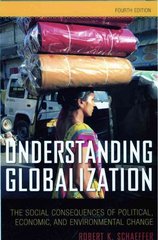Question
C1.1: Suppose that the beekeepers have property rights over their beehives but can only place their beehives next to an apple orchard or an orange
C1.1: Suppose that the beekeepers have property rights over their beehives but can only place their beehives next to an apple orchard or an orange grove if they are granted permission to the land. Beeswax Beehives has already been paid to locate its bees at Amy's Apple Orchard when it is contacted by Groovy Groves who is willing to allow Beeswax to move its bees to its orange grove instead. Beeswax is negotiating with Amy's Apples to break its current contract. The two companies have determined that their economic profit for staying in the Apple Orchard and or moving to the Orange Grove are: Beeswax Beehives Amy's Apples Profit Profit $400 $300 Bees Stay at Amy's Apple Orchard Bees Move to Groovy Groves Orange Grove $900 $100 Assume that there are no transaction costs for bargaining. Based on the Coase Theorem, would you predict that the bees stay or move? Let P be the price paid by Beeswax Beehives to Amy's Apple Orchard to break its contract. What is the lowest possible P that would lead to this outcome? What is the highest possible P that would lead to this outcome?
Step by Step Solution
There are 3 Steps involved in it
Step: 1

Get Instant Access to Expert-Tailored Solutions
See step-by-step solutions with expert insights and AI powered tools for academic success
Step: 2

Step: 3

Ace Your Homework with AI
Get the answers you need in no time with our AI-driven, step-by-step assistance
Get Started


